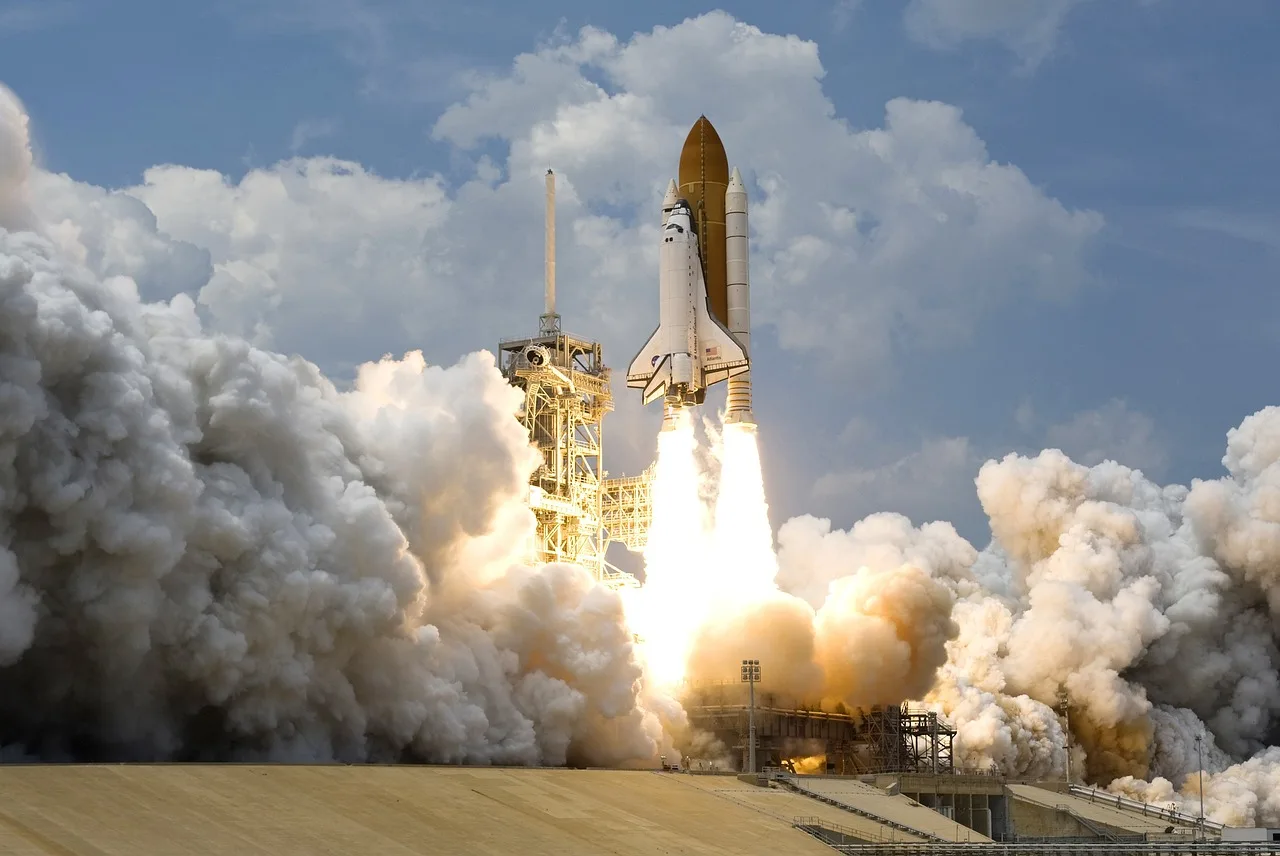This is a world like no other: a metal-rich asteroid that could be a remnant of a smaller planet, or perhaps an entirely new type of celestial body for science.
NASA is preparing for a mission to visit an object 2.2 billion miles (3.5 billion kilometers) away this Friday, which could provide insights about the interior of planets like Earth.
Leading scientist Lindy Elkins-Tanton said, ‘We’ve personally or robotically gone to worlds made of rock, worlds made of ice, and worlds made of gas… but touring a world with a metallic surface will be a first for us.’ She said this during a briefing this week.
NASA and SpaceX are targeting a launch from Kennedy Space Center at 10:19 a.m. Eastern Time on Friday, with a backup window on Saturday if weather conditions are unfavorable.
Following the path of its next-generation power system and surrounded by two large solar arrays, the spacecraft should reach its destination in the asteroid belt between Mars and Jupiter in July 2029.
Studying Rocky Cores of Chondritic Planets

In the next two years, it will deploy advanced instruments for examining its target with the aim to investigate its surface properties, study its chemistry, and analyze minerals and geology on Psyche, named after a Greek mythological figure representing the soul.
Scientists believe that Psyche, named after a Greek mythological figure representing the soul, could be part of the building blocks of all rocky planets, known as the “planetesimal” core made of metal-rich core.
It could be something more – a piece of primordial solar system material that has remained unaltered so far.
Elkins-Tanton says, ‘This is our way of seeing the core.’ ‘We say in our halls that we’re going into outer space to look at inner space.’
Psyche’s size is irregular, potato-shaped, with its broadest point about 173 miles (280 kilometers) from its closest, although it has never been seen up close.
Until recently, scientists believed it was made almost entirely of metal, but radar and light-based analysis now suggests that metal is likely between 30-60 percent, with the rest being rock.
Solar Electric Propulsion
The mission includes several technological innovations.
Psyche spacecraft, named after the asteroid, will test next-generation communications using lasers instead of radio waves – a step NASA has made on Earth from old telephone lines to fiber optics.
Deep Space Optical Communications, as the system is called, was designed to demonstrate the capability to display 10 to 100 times the data-return capacity of today’s state-of-the-art radio systems used in space. This technology is something that NASA says is the first interplanetary test, which could change the way they operate deep-space missions.
Psyche also uses a special propulsion system called ‘Hall Effect Thrusters’ that uses energy from solar panels to extract charged particles of xenon gas in exchange, which can reach speeds of thousands of miles per hour.
What sounds like a mild push is equivalent to the weight of the AA battery in your hand. However, in the vacuum of space, the spacecraft will continuously accelerate at speeds of tens of thousands of miles per hour.
Such systems save thousands of pounds of chemical fuel from being sent into space and this will be the first time Psyche is going beyond Earth’s orbit.
NASA Psyche’s Technological Heart: Deep Space Exploration and Cutting-Edge Communication
NASA’s Psyche mission boasts a technological marvel at its core, with its main computer, flight software, fault-protection systems, and the majority of its communication systems originating from the brilliant minds at NASA’s Jet Propulsion Laboratory (JPL) located in the sun-soaked landscapes of Southern California.
But the marvels don’t stop there. Psyche also comes equipped with the Deep Space Optical Communications (DSOC) experiment, a brainchild of NASA set to push the boundaries of communication technology. This groundbreaking experiment is poised to change the game by testing optical, or laser, communications capabilities well beyond the realms of the Moon.
As Psyche embarks on its interstellar journey, it’s not just a mission; it’s a testament to human ingenuity and innovation. Stay tuned as we explore the cosmos, one technological stride at a time.
